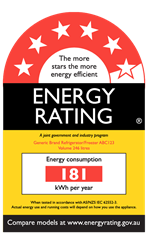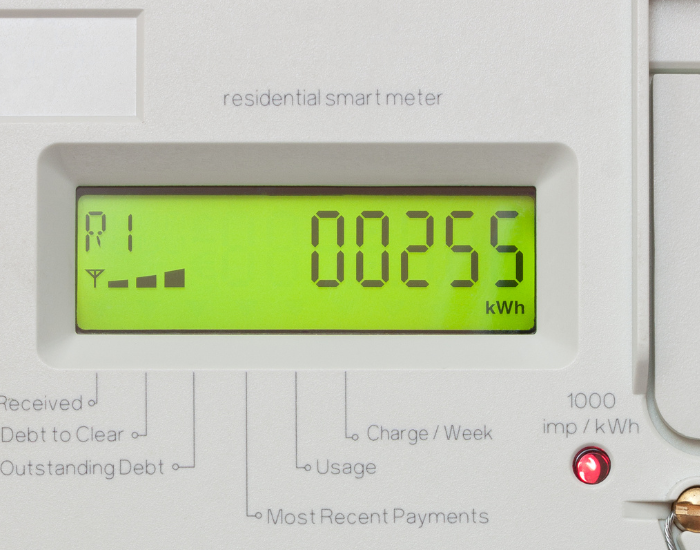Saving money through energy efficient appliances
Energy efficient appliances use less energy to do the same task. This is often the case in newer appliances versus older appliances.
Energy rating
 The easiest way to compare the energy efficiency of different products is to read the energy star rating on most modern appliances. The Energy Rating Label, regulated by the Australian government, has been around for over 30 years.
The easiest way to compare the energy efficiency of different products is to read the energy star rating on most modern appliances. The Energy Rating Label, regulated by the Australian government, has been around for over 30 years.
The more stars shown on the Energy Rating Label, the less energy the product will use and the more money you will save on your energy bills.
The label will also show you the annual energy consumption for your appliance, based on standardised testing. The lower the number, the more energy efficient the appliance is.
If you are thinking about purchasing energy efficient appliances, you may be able to save money by taking advantage of government schemes.
Peak demand reduction scheme
The peak demand reduction scheme was introduced by the NSW government in 2022. It aims to reduce the amount of electricity used between 2:30pm and 8:30pm (AEDT) in the months of November to March. Decreasing electricity usage during these high demand times will help reduce future electricity costs and lower risks of power outages in NSW.
The scheme provides financial incentives such as discounts to households and businesses who install eligible energy efficient appliances or replace old systems.
You can find out more about the peak demand reduction scheme and eligibility criteria on the Energy NSW website.


 The easiest way to compare the energy efficiency of different products is to read the energy star rating on most modern appliances. The Energy Rating Label, regulated by the Australian government, has been around for over 30 years.
The easiest way to compare the energy efficiency of different products is to read the energy star rating on most modern appliances. The Energy Rating Label, regulated by the Australian government, has been around for over 30 years.


